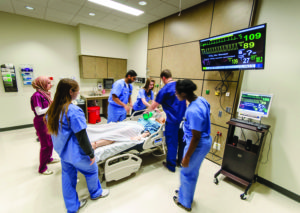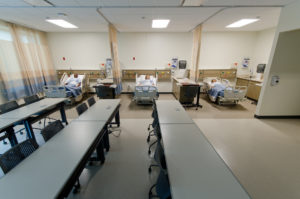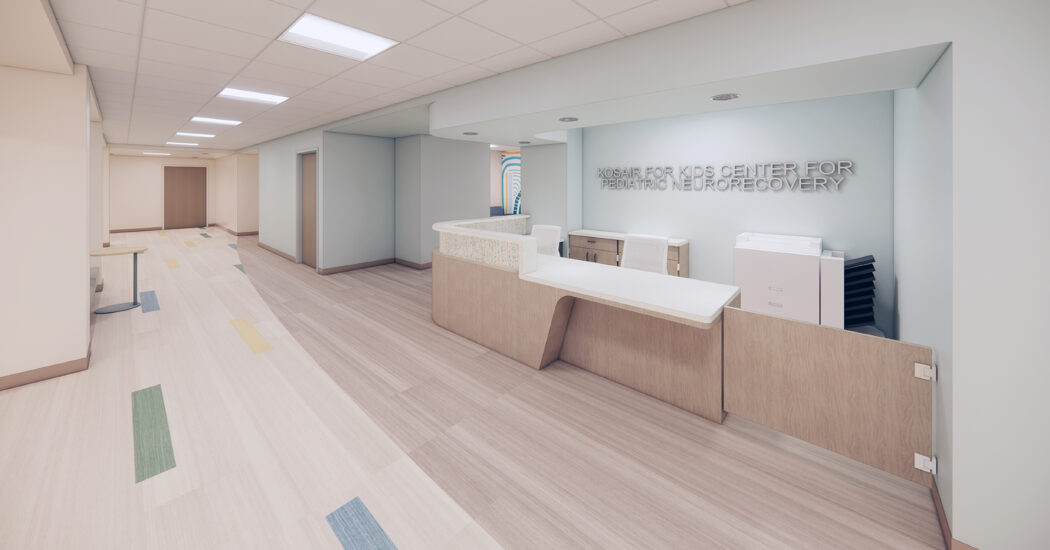Putting the “Active” in Learning
-
Category
Studio-Higher Ed, Perspectives, Innovation -
Posted By
Schmidt Associates -
Posted On
Jan 14, 2015
Many studies have been done that explore the benefits of movement and activity in learning environments. In higher education classrooms, “active learning” is becoming more and more the norm. As students morph into new learning experiences in the collegiate setting, they are greatly impacted by educational approaches and their architectural surroundings, eliciting positive psychological responses.
EDUCATIONALLY, students are being exposed to new and innovative teaching approaches that allow them to collaborate in real-world scenarios. In the image below, students are viewing live lecture graphics that direct them to manipulate skeletal mannequins at Marian University’s Evans Center for Health Sciences. With exposure to hands-on learning opportunities, students gain practical experience in their profession and increase their engagement and collaboration in the classroom.

Marian University COM Simulation Lab
ARCHITECTURALLY, spaces are being re-designed to encourage movement, interaction, and hands-on learning. Below, students at Marian University are seated in a classroom where the instructor can lecture from various positions in the room. While listening to the lecture, students are able to simultaneously perform the procedures he/she is learning about. This “talk-show-do” approach to learning is yielding higher results in student motivation and knowledge retention.

Marian University COM Classroom
PSYCHOLOGICALLY, students are responding in positive ways. As they become more active participants in their educational process, they feel more committed to learning. Their interest levels increase, as does their willingness to contribute and collaborate with others.
So … what’s the “so-what” of all of this? By connecting educational approaches and architectural spaces, positive psychological outcomes from students are achieved—all resulting in better long-term learning. By keeping these three key components in mind, we can much more effectively create a win-win for students, educators-and eventually for employers as well.
About Marian University Evans Center for Health Sciences: Marian University planned the new Evans Center for Health Sciences with an overarching vision of creating a top-tier osteopathic medical school. State-of-the-art technology systems create a first-class educational experience and a truly collaborative learning environment. Schmidt Associates provided programming, architectural design, civil engineering, and interior design for the project. BSA Lifestructures provided mechanical, electrical, and plumbing engineering. Photos are courtesy of BSA Lifestructures.







